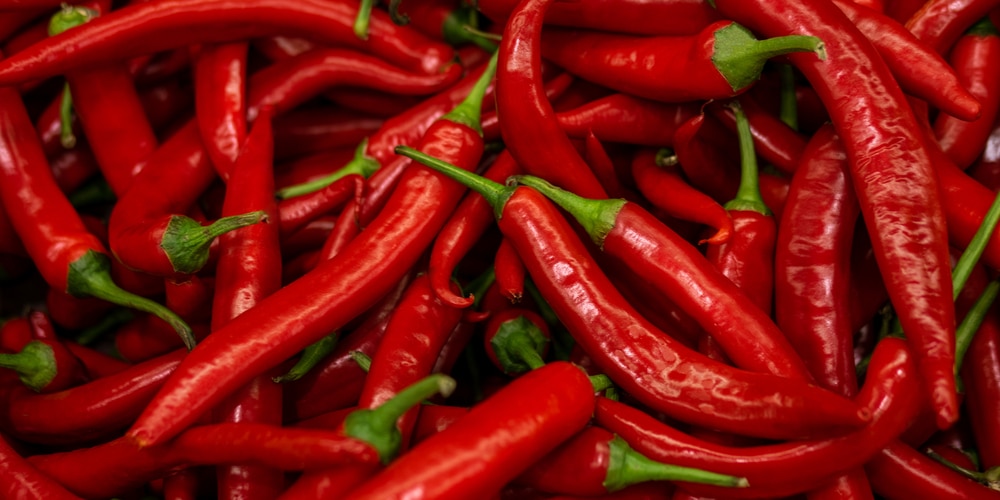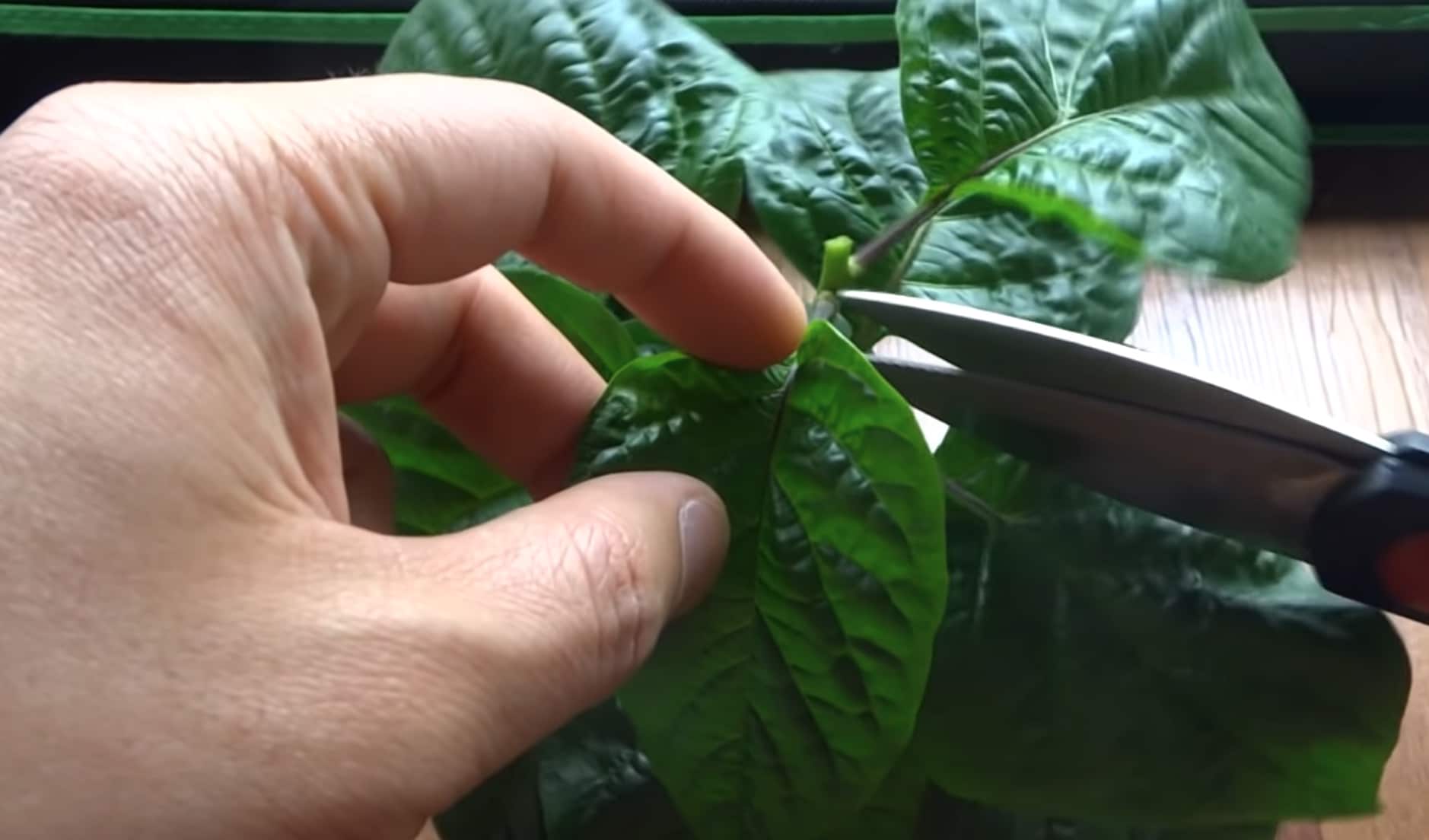There seem to be a plethora of pepper varieties to grow and sample. Whether you enjoy the cold bite of mild bell pepper or the fiery burning of red chili pepper, nothing beats the satisfaction of growing your own. There are hundreds of types to pick from; half of the thrill is choosing what to nurture! Let’s look at how to grow and care for a Red Fire Pepper.
What is the best way to look a Red Fire Pepper ?

Among the most enjoyable aspects of producing chilies is their ability to change color. Peppers begin out green and turn yellow, purple, or red, although this isn’t always the case.
Sunlight
Red fire pepper plants require 6-8 hours of direct sunlight per day. However, some pepper plants, such as Bell peppers, need full sun to develop and ripen properly. So, please place them in a sunlit site in your veggie patch, unless you reside in an area where extreme heat and bright sunlight are a problem. Shade cloth or surrounding plants can help moderate temperatures in such a case.
Watering
Maintaining the soil moisture is critical once you replant and settle the hot pepper crops. Hydrate them regularly during the summer, and cover the bottom of the pepper to prevent evaporation.
Pruning a Red Fire Pepper
The king bloom is the first flower to appear in the topmost branches. It often distinguishes itself from later chile blossoms. If it’s not well fertilized, it becomes smaller and wilts soon. When You remove the bloom, the chile grows bushier and develops more fruits and flowers.
Rather than fussing with looking to make the crop appear lovely, it’s better to be a little more radical during pruning. Locate the lowest cluster of tiny nodes, or shoots, from which new development will emerge. Afterwhich, you remove the stems approximately 2 inches above them to enable dieback. About 90% of your plant is taken in this manner, leaving an extensive root system inside the soil to provide a massive boost to development in the coming year’s Spring.
When working with really hot chilies, do not forget to put on gloves. Touching a red fire chili, washing your hands, and afterward touching the eye is a typical error. Capsicum is not entirely removed from the hands when you clean them.
Humidity
The ideal relative humidity is anywhere between 50-70 percent. Diseases grow in those areas of the plant exposed to air if the moisture is any higher, making fertilization difficult.
Chili plants wilt quickly if the warming air becomes too dry. Water bowls or room fountains atop radiators might help to brighten the atmosphere.
Fertilizer
To assist your peppers in developing without compromising the pace of crop yield, fertilize using a low-nitrogen compound. While transplanting nightshades, ensure to add bone meal or lime to the soil because they use quite a lot of calcium throughout the growing period.
During transplanting, sprinkle organic fertilizer. You might want to think about adding a root-boosting fertilizer for rapid growth. Alternatively, you can get a similar impact by dissolving one aspirin pill in a liter of water.
Mulch the tops of your pepper crops to keep problems from sprouting and taking the nutrients they need to thrive. Mulching also helps to keep the bottoms cool and hydrated.
When transplanting, hydrate regularly and keep a tight check on the crop for the next few days, as transplanting shock is quite natural.
If you excessively fertilize your red fire pepper, they will yield far fewer peppers. Therefore, use organic or compost material to improve the preceding soil planting. Epsom salts, which you can sprinkle on the soil or relatively dilute in water and then spray on the crops, appear to assist pepper plants.
Soil Type
Peppers thrive in soils with 6.2-7.0 pH levels; however, they can handle a slightly alkaline environment approaching 7.5. The soil must drain effectively such that water does not collect around its roots, and you should put organic material or compost into the ground before adding the plants.
A lot of organic material helps it retain moisture, essential for pepper development.
Propagation of a Red Fire Pepper
It’s a good idea to remove extra stems while rooting red peppers from clippings in case any don’t root. Cut the stalk at an angle of 45-degree with a sharp blade or use the pruning shears. Trim under one of the tiny nodes in which the leaves originate. This area’s plant tissue is more likely to develop roots.
